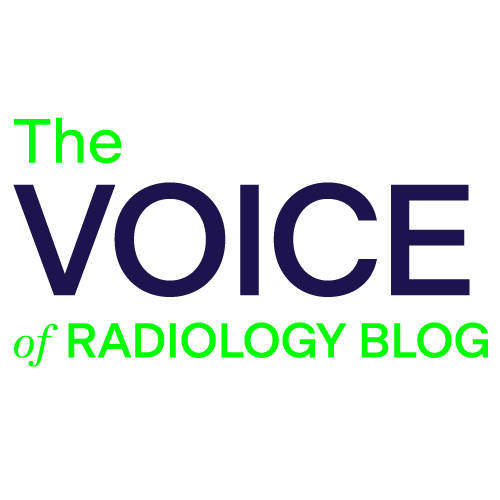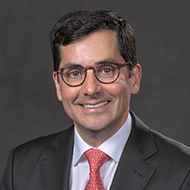Ezequiel Silva III, MD, FACR, chair of the American College of Radiology Commission on Economics, contributed this post.
The Hippocratic Oath, taken by most graduating medical students, includes the following: “I will remember that there is art to medicine as well as science, and that warmth, sympathy, and understanding may outweigh the surgeon’s knife or the chemist’s drug.” Indeed, medicine is an art and it is a science. These principles should always be the focus of our medical education and residency training.
But there is another statement in the Hippocratic Oath that is less often discussed but equally important: “I will remember that I do not treat a fever chart, a cancerous growth, but a sick human being, whose illness may affect the person’s family and economic stability. My responsibility includes these related problems, if I am to care adequately for the sick.”
According to the oath, economics has a role in complementing the art and science of medicine. We have a responsibility to this pledge, which makes us better physicians. Understanding health care economics allows us to talk to our patients about their insurance coverage and to reassure them at a vulnerable time in their lives. It is also protective. We are surrounded by non-physicians who work in health care and influence decisions affecting patient care. As physicians, we are the only ones who took the Hippocratic Oath and we are the ones tasked with preserving the physician-patient relationship. We have the credibility, and the responsibility, to speak for our profession and for our patients. This includes economics.
To its credit, the Accreditation Council for Graduate Medical Education (ACGME) acknowledges the importance of economics during residency. In 2012, the ACGME and the American Board of Radiology (ABR) collaborated on the creation of the radiology milestones program and crafted milestones specific to health care economics. Radiology residents are required to satisfy these milestones in order to graduate from residency. The ACR Radiology Leadership Institute (RLI), being a leader in educational content and having the depth of the ACR’s economics experts readily available, was an obvious choice to lead in this effort.
The ACR RLI’s Health Care Economics Milestones Program has been in place for more than four years. And last year, it included 21 residency programs, including programs such as Massachusetts General Hospital, Virginia Mason, Indiana University, and Albert Einstein Medical Center. I have the privilege of serving as faculty for one of the five sessions of the program. Our content is not only robust, but also recognizes that our trainees are busy learning the science I previously mentioned. Therefore, our health care economics milestones are taught in an efficient and effective manner. For example, our program includes limited didactics, enough to allow for an active data exercise with experience and conclusions shared with other participating programs. This encourages rich discussions, pertinent conclusions and new directions for exploration. More importantly, for those willing to take their study to another level, our program enables career leadership opportunities.
We would love to have more programs involved, and your residents will come away better prepared to navigate a rapidly changing radiology health care landscape and add value for their patients and institutions. For more information, please visit www.acr.org/hcem.
Please share your thoughts in the comments section below and join the discussion on Engage (login required).

